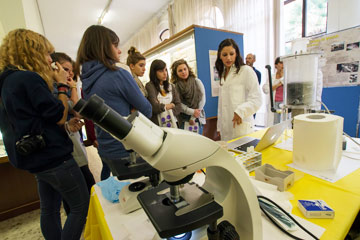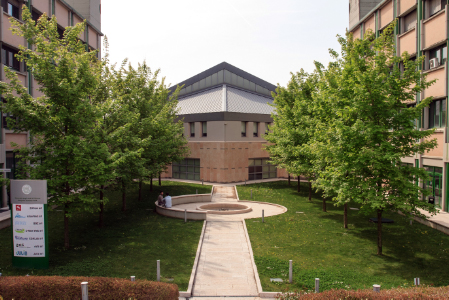Volatile thiols are powerful aromatic compounds that contribute to the fruity notes of many white wines. Due to their low perception thresholds (a few ng/L), they contribute significantly to the aroma profile of many wines, especially Sauvignon Blanc.
The three most important thiols in Sauvignon Blanc aroma are considered to be 3-sulfanylhexan-1-ol (3MH), its acetate, 3-sulfanylhexyl acetate (3MHA), and 4-methyl-4-sulfanylpentan-2-one (4MMP), which are produced from cysteinylated and glutathionylated conjugates by yeast β-lyase cleavage. The biotransformation of these precursors by yeast takes place through their cleavage into the corresponding aromas by an α,β-elimination reaction, catalyzed by C-S β-lyase, a PLP dependent enzyme that displays a broad substrate specificity toward sulfur containing amino acids.
In recent years, several authors have highlighted the positive contribution of non-Saccharomyces yeasts to the analytical and sensory composition of wine, such as the Torulaspora delbrueckii species. Recent studies have shown that, unlike S. cerevisiae, which is able to metabolize Glut-3SH (glutathione-S-conjugate precursor) and Cys-3SH (cysteine-S- conjugate precursor), T. delbrueckii is only able to metabolize the glutathionylated precursors and it is also unable to release 4MMP.
Target of this project is to improve T. delbrueckii C-S lyase catalytic activity toward cysteine-S-conjugates by means of a directed evolution approach.
To this aim we will use a random domain mutagenesis/recombination method for short fragments based on the physiological properties of S. cerevisiae (MORPHING) that randomly introduces mutations in specific protein segments using overlapping areas to favor in vivo splicing and recombination in yeast. In a single step, this approach permits to assemble delimited randomly mutagenized regions with the remaining, unaltered fragments of a gene







